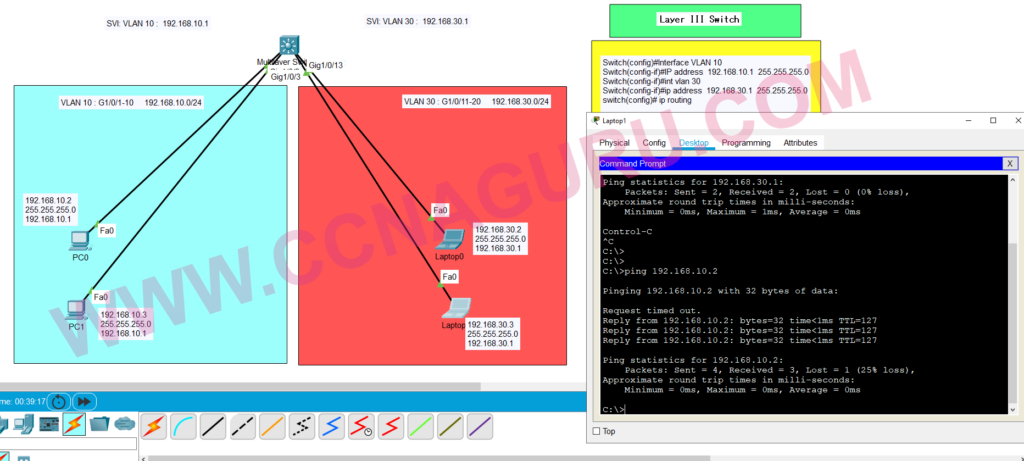A loop-free topology is a network design that does not contain any loops or circular paths. This is important because loops can cause problems in a network, such as broadcast storms and excessive bandwidth consumption. Here are some steps you can follow to design a loop-free topology:
- Identify the devices and connections in your network: Begin by creating a diagram of all the devices in your network and the connections between them. This will help you visualize the topology of your network.
- Determine the hierarchical structure of your network: Organize the devices in your network into a hierarchy, with core devices (such as routers and switches) at the top and edge devices (such as computers and printers) at the bottom. This will help you identify which devices are responsible for forwarding traffic between different parts of the network.
- Implement a spanning tree protocol: Use a protocol such as Rapid Spanning Tree Protocol (RSTP) or Multiple Spanning Tree Protocol (MSTP) to ensure that only one active path exists between any two devices in the network. This will prevent loops from forming.
- Use redundant connections wisely: If you need to use redundant connections to provide additional resiliency in your network, be careful to avoid creating loops. You can use techniques such as portfast, BPDUguard, and loopguard to prevent loops from forming in your network.
- Monitor and troubleshoot your network: Use tools such as network monitoring software and network analyzers to monitor your network for any issues or anomalies. If you suspect that a loop may be present, use these tools to help you identify the cause and take corrective action.
By following these steps, you can design and maintain a loop-free topology in your network.










